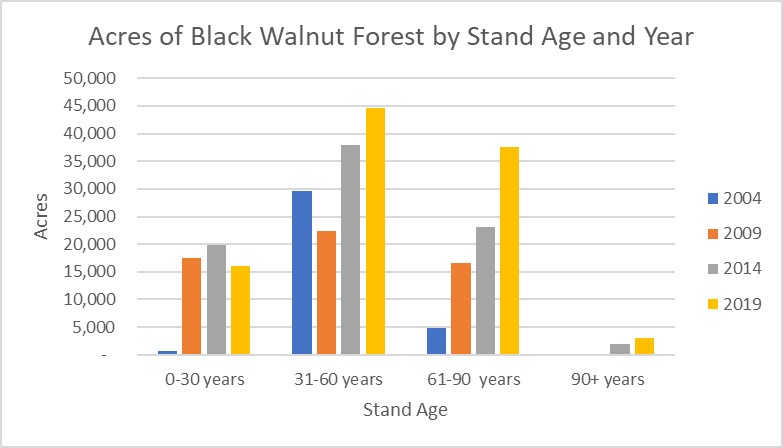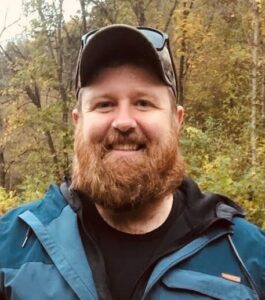Wisconsin Local Use Dimension Lumber Grading Classes (WI LUDL) – Woodruff, Wisconsin
May 31, June 1 – 2, 2022
To register for one of these courses, please visit this webpage.
Hardwood Sawmilling Certificate – Antigo, Wisconsin
June 6 – July 1, 2022
This unique certificate prepares learners for hands-on, in-demand positions within the hardwood lumber industry. This short four-week certificate will help launch you into a lifelong, rewarding career. All classes are taught in person and utilize Northcentral Technical College’s 27,000 square foot state-of-the-art Wood Technology Center of Excellence.
The training will focus on hardwood lumber inspection; sawing, edging and trimming to maximize profits; hardwood log scaling and grading; and species identification for hardwood lumber and logs.
To learn more about this program, please visit this webpage. To register, visit the registration page.
Small Live Edge Slab Business Workshop – Grafton, Wisconsin
June 9, 2022
This one-day educational and networking workshop focuses on the business and operational skills needed to operate a live-edge slab producing sawmill business successfully. There will be on-site slab sawing demonstrations. To learn more about this workshop and register, please visit the event’s registration page.
National Firewood Workshop – Arlington, Wisconsin
June 15 – 16, 2022
This firewood industry event combines education and networking opportunities. The workshop offers discussions on business and equipment topics and outdoor sawing and firewood splitting demonstrations by multiple equipment manufacturers. To learn more about this workshop and register, please visit the event’s registration page.


 I am very pleased to announce that Brian Zweifel has accepted the statewide Forest Products Specialist position in Dodgeville. Brian’s first day was Feb. 14.
I am very pleased to announce that Brian Zweifel has accepted the statewide Forest Products Specialist position in Dodgeville. Brian’s first day was Feb. 14.